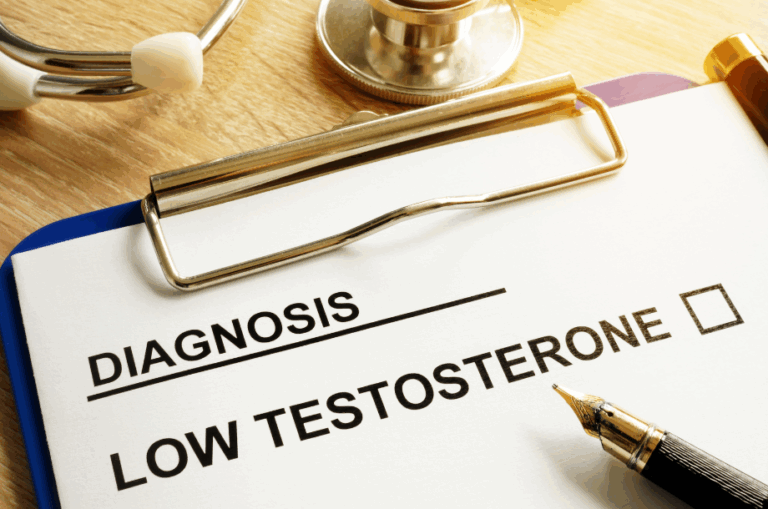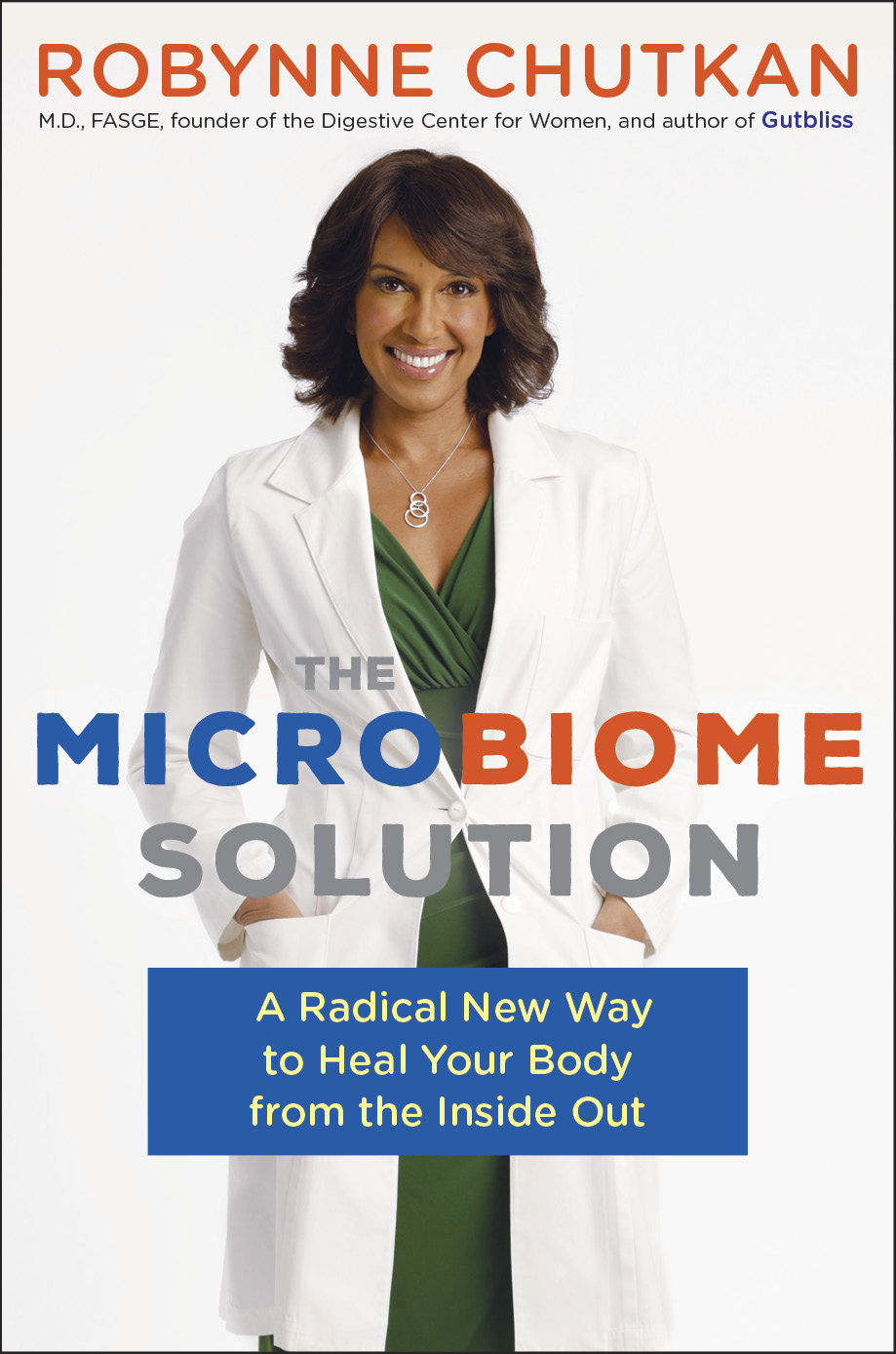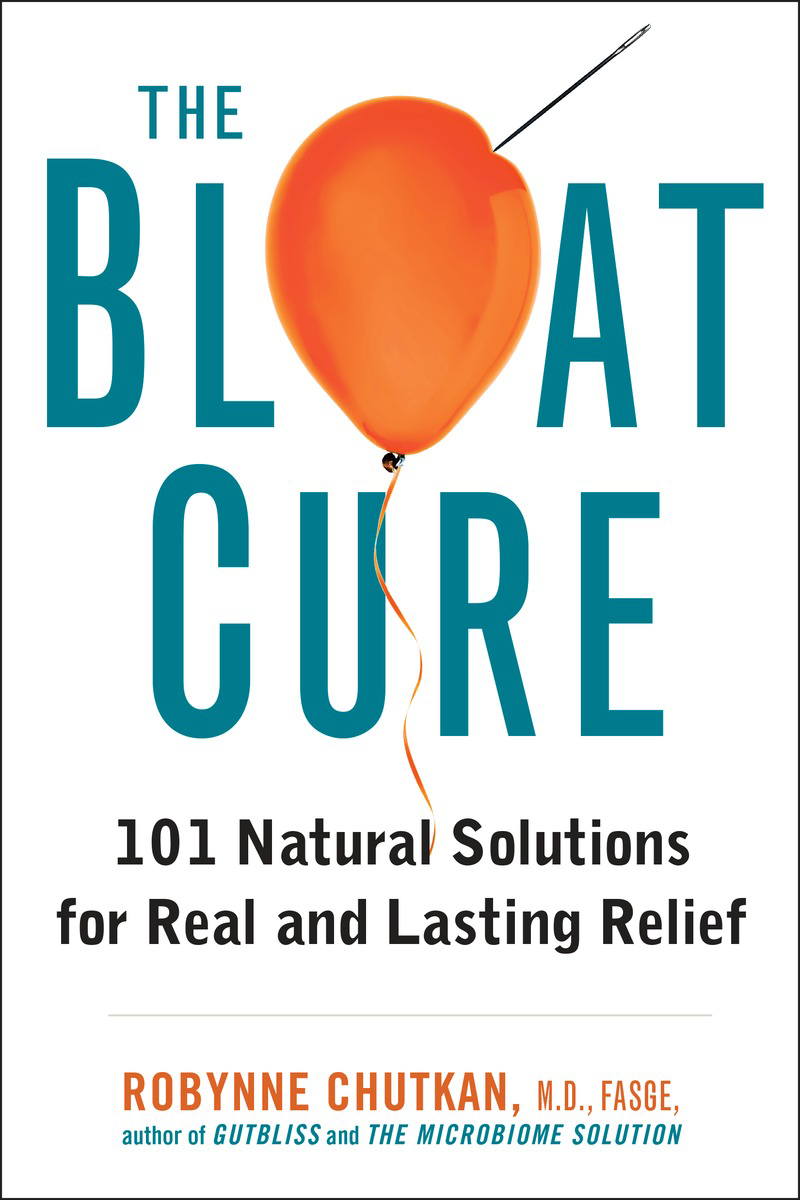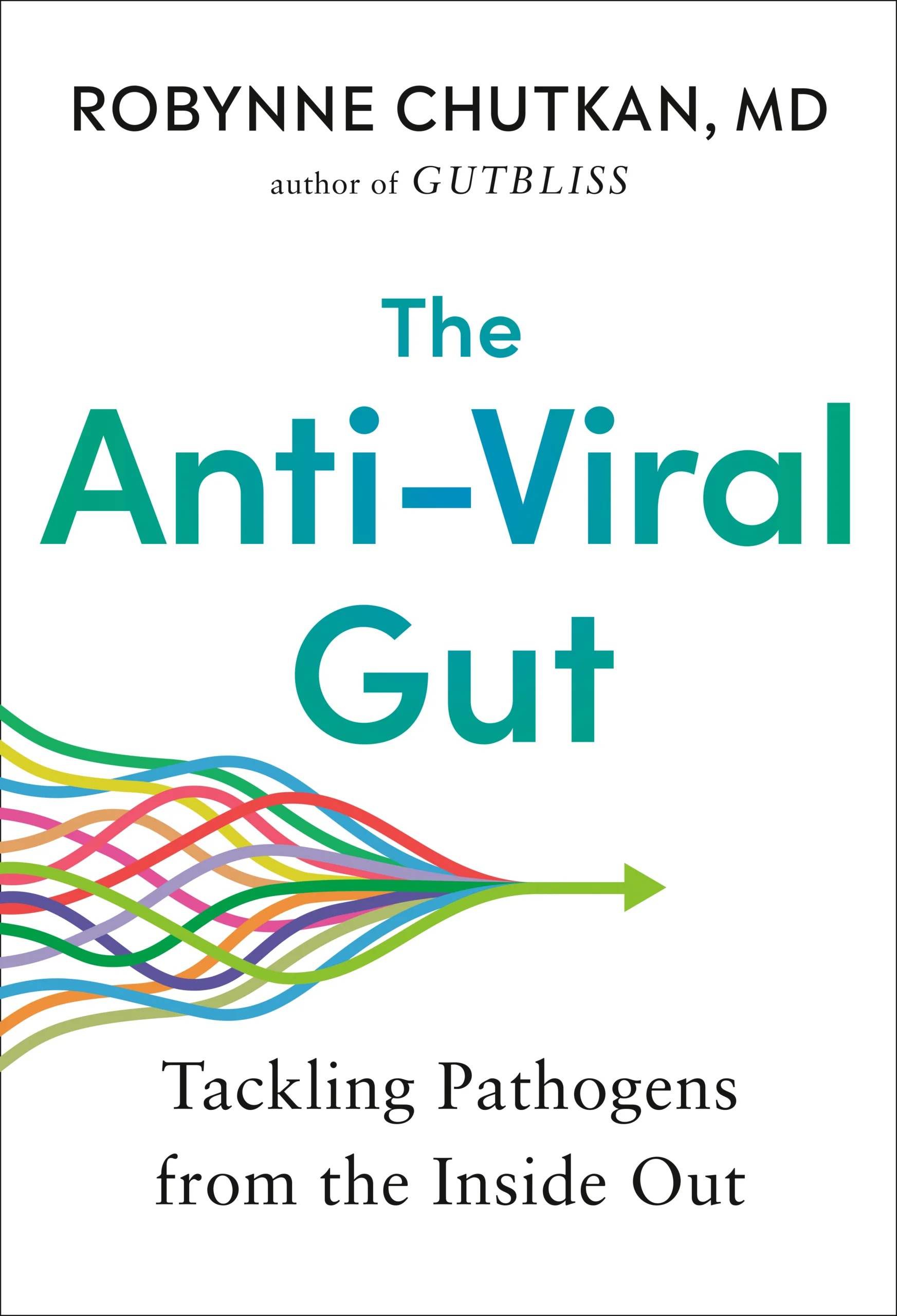Adults spend approximately 93% of their time indoors and babies up to 98% of their infancy indoors. Yet, the built environment (which includes our manmade surroundings – the homes and cities we live in, the parks we play in and paths we walk on, the cars we drive, the offices we work in, and even the water systems we drink from) can be one of the most toxic and microbe-unfriendly places on earth. John Bower, founder of Healthy House Institute, states, “Walking into a modern building can sometimes be compared to placing your head inside a plastic bag that is filled with toxic fumes.” Studies have shown that built environments are lacking in beneficial bacteria and diversity and are instead rich in disease-causing microbial communities. Because we spend so much of our modern lives in manmade surroundings, it’s safe to say that the built environment has the potential to make or break our overall health – especially for those in vulnerable populations like the sick, the very young, and the elderly.
Over the last 10 years, several scientists have dedicated their research to defining the microbiome of the built environment (MoBE) and how it affects human health. The research is still in its infancy, but here’s some of what scientists have gathered so far regarding the connection between MoBE and our health:
- Hospital rooms play an impactful role in colonizing newborns, especially in neonatal intensive care unit (NICU) babies, and those born via C-section.
- There are correlations between the microbiome found in dust and an increased risk of asthma in children.
- Based on the hygiene hypothesis, environments that are too “clean” can lead to an increased risk of asthma, allergies, and autoimmune conditions.
- MoBE can directly impact mental health in both positive and negative ways, depending on the quality of the MoBE in a given space
- Pathogens such as influenza, MRSA, Norovirus, and Legionella can live for long periods of time in built environments and are more easily transmitted in manmade surroundings.
These studies show a connection between our built environment, the health of our microbiome, and our overall health. While the majority of our manmade surroundings are lacking in health-promoting diverse microbial communities, and in materials that encourage the cultivation of these communities, scientists are working hard to determine how manmade spaces can be altered and improved to positively affect human health – especially in the areas of humidity, pH, chemical exposures, temperature, filtration, surface materials, and air flow – all components that impact MoBE.
Until the research is further along and new building standards are in place to ensure a more thriving MoBE (which could take years), there are things we can do right now, within our most intimate living spaces, to improve our built environments and transform them into areas that work in our microbial favor. We know that those who grow up on farms, have farming and gardening occupations and hobbies, and who spend time in green spaces, are healthier and live longer than those who don’t. So the key to improving the health of your manmade environments is to bring the outdoor microbiome indoors. This is especially important if you live in a home with infants and children under the age of 3, as their built environments play a large role in the foundation of their microbiome as well as their future disease risk. Here are some tips to get you started:
- Invest in indoor plants. Studies show that within 6 months of bringing plants indoors, the bacterial diversity on surfaces of built environments significantly improves. Do keep in mind though that introducing plants inside the home can increase mold and fungi diversity that can heighten allergic reactions in some. To ensure minimal mold and fungi, Gardening Know How recommends these simple steps: repot using sterile soil, water only when dry, make sure the plant gets plenty of sunlight, increase air circulation using a fan, and trim and discard dead leaves and stems regularly. You can also consider using Homebiotic, a probiotic spray designed to reduce mold and improve the microbiome of your home. While the spray’s use against mold is backed by a scientific study, more rigorous research is needed to prove just how effective it is.
- Avoid chemicals and products that diminish microbial diversity.This includes pesticides, antibacterial products, and disinfectant cleaners. Purchase organic foods and avoid using pesticides in your yard and gardens. Use all natural soaps, personal care products, and cleaning supplies. Try this all-purpose cleaner (LINK)to replace the harsh cleaners you may have in your home. Natural laundry detergents can also help in preserving the microbial diversity of your clothing and bedding. And remember, while hygiene is important, disinfecting your home, and your body, on a regular basis is unnecessary, and can negatively affect your health. Check out Dr. Chutkan’s Live Dirty Dos & Don’ts in her book The Microbiome Solution for more on this topic.
- Go barefoot outside; avoid wearing shoes inside. Focus on barefoot exposure to the natural earth, for example when you’re at the beach or on a walk in the forest or other untouched natural environment. Be sure to wear shoes outdoors if you’re at a park, in your neighborhood, or any other outdoor settings where pesticides are in use. And be sure to take your shoes off before entering your living space to avoid bringing contaminated microbes and/or chemicals inside your home.
- Use a water filter.This is important for both the water you drink and the water you use to shower/bathe. Check out this post on why water filters are important and what kind of water filter is best.
- Open your windows and use an air filter if necessary. As stated above, the best way to improve your microbial environment indoors is to bring the outdoor world in. There’s no better way to do this than to open your windows periodically (in all seasons) to bring in fresh natural air. That is, as long as you live in an environment with clean air. If not, investing in an air filter for your home may be worth investigating.
- Get a pet. Owning a dog or cat in the first year of life has shown to decrease the risk of allergies in children. Growing up on a farm or consistent exposure to farm animals in childhood can actually decrease the risk of allergies and asthma. Scientists hypothesize that animals increase the diversity of microbes we’re exposed to, resulting in a stronger, more robust immune system.
While we’re not necessarily recommending sprinkling forest soil all over your floors – (a current research project is doing just that in urban homes and tracking how it affects the occupants’ overall health, we are recommending opening up your home to the outside world… just a little bit more. Commit to adopting a new step toward improving your home’s microbiome each month for the rest of year. Before 2020 arrives, you’ll be all set!








